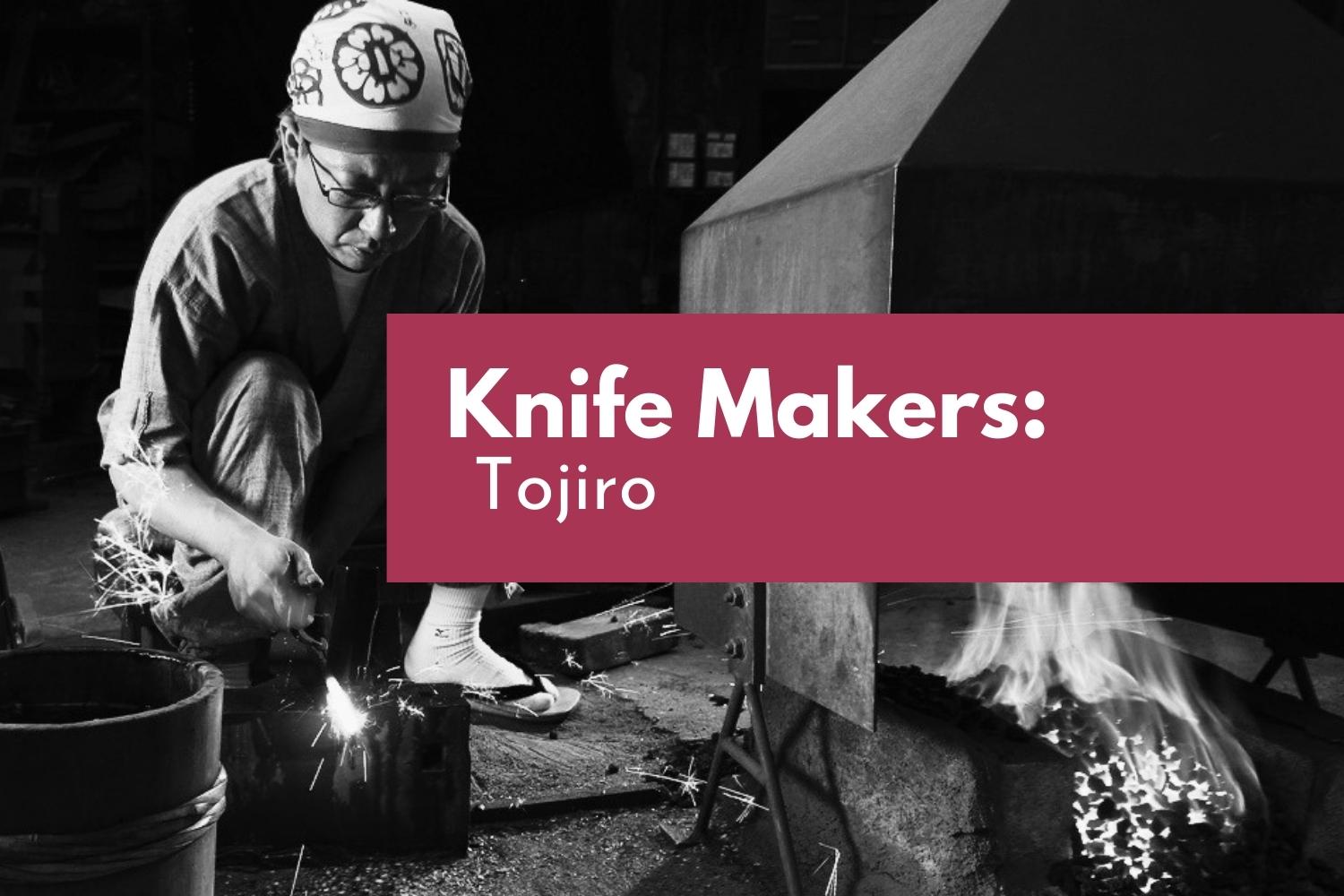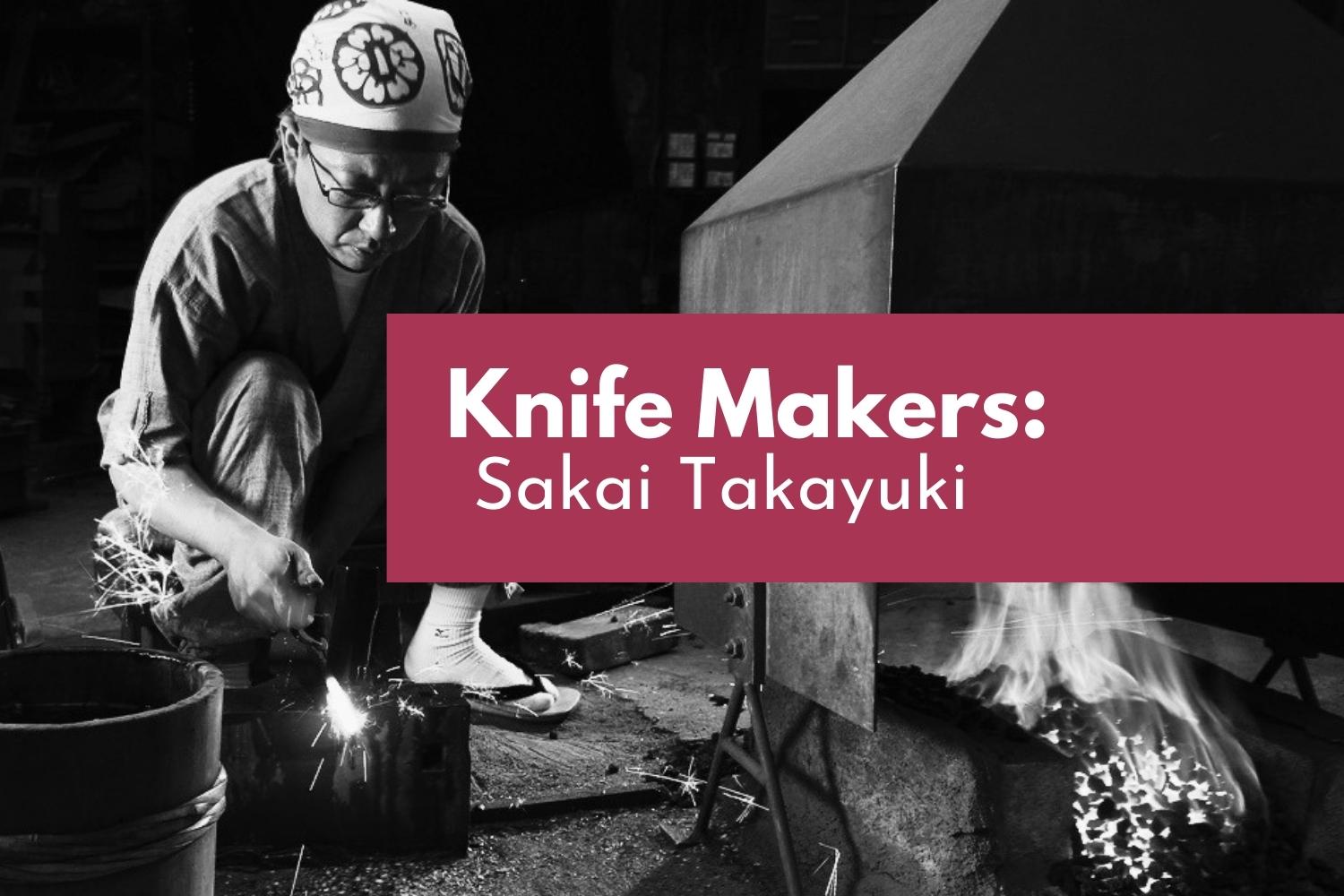Location
Seki, Japan
Company Overview
Seki Kanetsugu Hamono Co.,Ltd. was established in 1918 and is now owned by Mitsuyasu Kawamura, a Kanetsugu smith of the present era. The company combines modern production technology with six centuries of sword-making tradition.
Knife Types
Seki Kanetsugu offers a wide range of knives for home, commercial and culinary use. They offer Deba (fish butchery knife) and Sashimi knives. For Deba, blade lengths range from 105mm to 180mm, while 210mm to 270mm for the Sashimi knives. The Kanetsugu’s “Saiun” Damascus knives have appealing blades further enhanced by the wood-grain pattern of their durable black linen Micarta handles.
The PRO-S and PRO-M Series boast the Gyuto knives, also known as the Chef's knife. Both series also include a couple of petty knives, the santoku/all-purpose knife, a boning knife, and a 240mm long slicing knife. The difference between the 2 series is with the handle used.
The PRO-J Series also includes the same type of knives, but the steel type differs from the PRO-S and PRO-M Series.
Best Known For
Seki Kanetsugu developed their PRO-M and PRO-S series; chef's knives with Katana-like cutting performance and sharpness. They also offer a colour select series in which different colours for the handle are made of Soft touched P.P resin (by Mitsubishi Chemical Co.) The colours available are yellow, red, green, blue, and black.
Steel used
Their knives are made of various high-quality steels and known to be well-balanced. The Deba and Sashimi knives are forged out of 1K-6, a high-carbon Molybdenum and Vanadium steel. The Kanetsugu’s “Saiun” Damascus knives are made of VG-10 Stainless steel, which has a hardness rating of HRC 60-61.
Both PRO-S and PRO-M Series have blades forged out of Molybdenum stainless steel. The PRO-J Series' blade comprises 3 layers of high-quality ZA-18 cobalt stainless steel, providing superb edge retention and sharpness. The steel type used for the colour select series is the 1K-6, which is the same as that of the steel used for the Deba and Sashimi knives blade.
Handle used
For the Deba and Sashimi knives, they have Aluminum & Heat-resistant ABS resin for their handle.
As mentioned earlier, the PRO-S and PRO-M series differ in the materials used for the handle. PRO-S uses 18-8 Stainless, while the PRO-M series uses Black laminated wood for the handles. The PRO-J series has "Eco-wood" made from the waste of chips.
Sharpening and Maintenance
The Seki Kanetsugu kitchen knives have a beautiful finish and are made with great care. The sharpening angle of the blade is very low, as low as 10 degrees, and the edges are ground from the heel to the tip. They come either with or without a hand guard.
After use, rinse the blade in clean water and wipe it dry with a soft cloth. Remove only light soil with a wooden scraper (do not use metal tools). Never store wet or damp Japanese knives in their sheaths or scabbards because moisture can build up inside if they are left sitting in sheaths.




